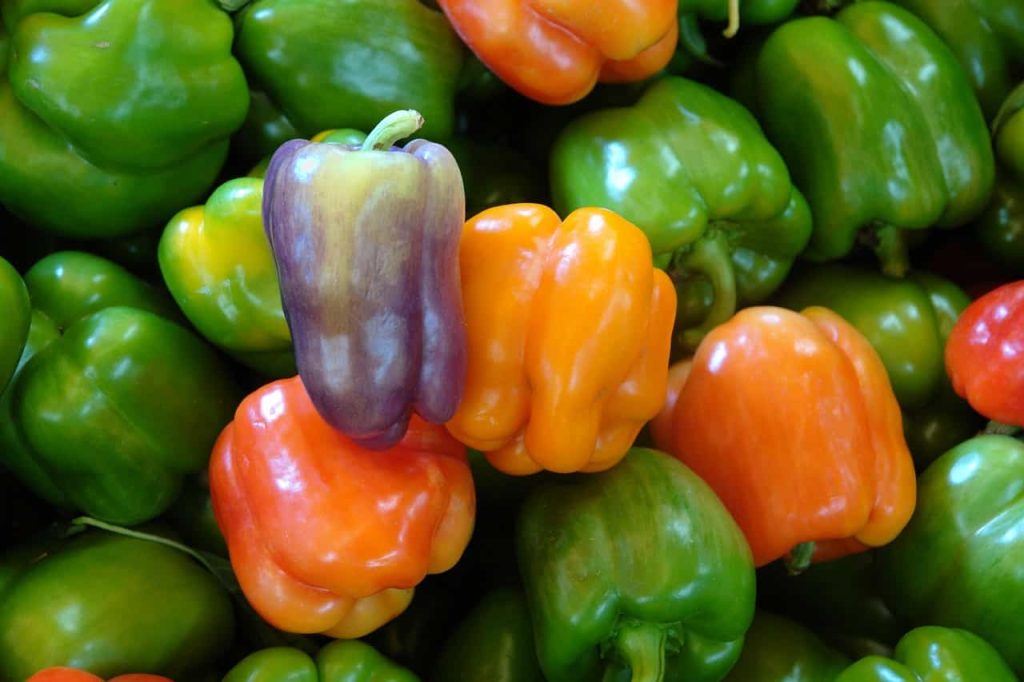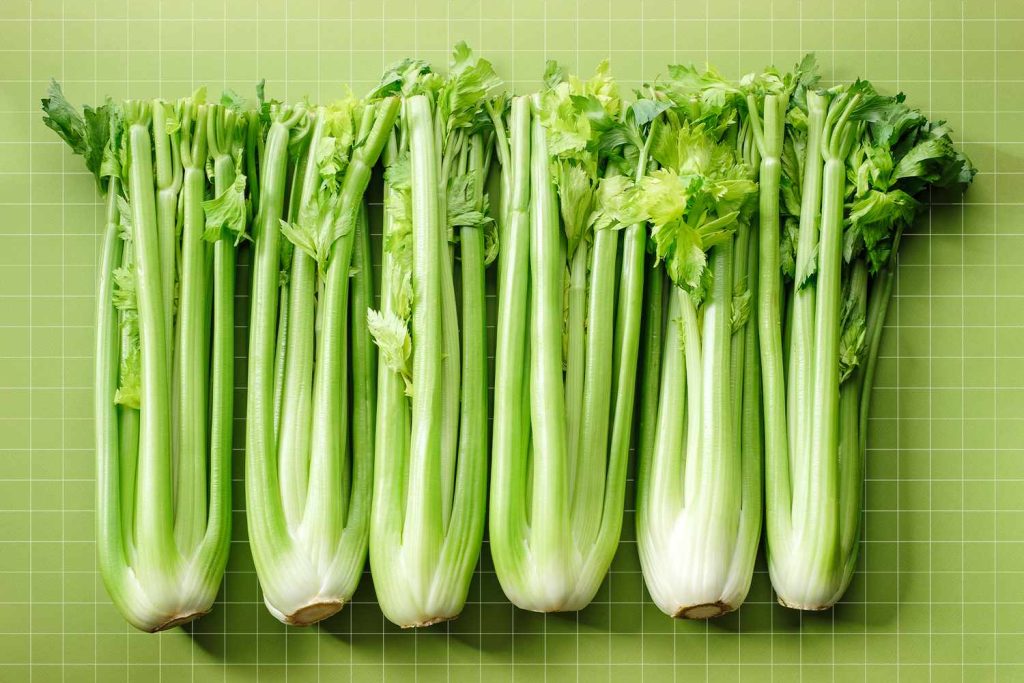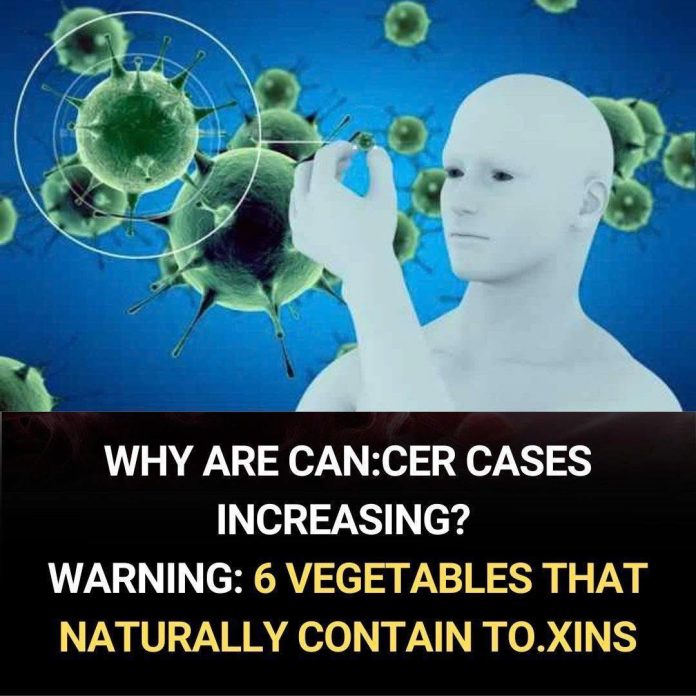Did you know that some vegetables contain more toxins? See what it’s all about below. Vegetables are often celebrated for their beneficial nutrients, antioxidants, and fiber. But it may surprise many that certain common vegetables naturally harbor compounds that, under specific conditions, can pose health risks. The key is not to panic or abandon these foods, but to be aware of which ones require careful handling, preparation, and moderation.
Plants produce a variety of protective chemicals—alkaloids, sulfur compounds, glucosinolates, and more—to defend themselves against pests and environmental stress. In small amounts, these substances is harmless or even beneficial; in larger doses, or when improperly consumed, they may cause digestive upset or other problems. Awareness and preparation are essential.
Below are six categories of vegetables that are known to contain naturally occurring toxic compounds. For each, I explain what the concern is and how to reduce risk.
1. Nightshade Family (Tomatoes, Eggplants, Peppers)
Members of the nightshade group contain alkaloids such as solanine and tomatine. While normal culinary amounts rarely cause harm, excessive raw consumption—especially in sensitive individuals—may lead to digestive irritation or discomfort. The heat from cooking greatly reduces the alkaloid content. So, roasting, stewing, or sautéing these vegetables is safer than eating large amounts raw.

2. Cruciferous Vegetables (Broccoli, Cabbage, Mustard Greens)
Plants like broccoli, kale, cabbage, and mustard greens generate glucosinolates as part of their natural metabolism. When broken down, these can form isothiocyanates. In modest quantities, these breakdown products are linked to potential anticancer benefits. However, in very large doses or in individuals with thyroid sensitivity, they could interfere with iodine uptake. To balance benefits and risks, enjoy a variety of vegetables, avoid overeating any single one, and do not overcook (which destroys beneficial antioxidants).
3. Bitter Gourds and Related Vegetables (e.g. Cucumbers, Bitter Melon, Bottle Gourd)
Some gourds produce a chemical called cucurbitacin—this is what gives them a bitter taste. Unripe or improperly grown specimens may contain especially high levels, which can cause nausea, diarrhea, or in extreme cases even poisoning. Always taste a small piece: if it’s extremely bitter, discard it. Choose fully matured fruits and cook them well, which helps degrade cucurbitacin.
4. Legumes and Bean Sprouts (Green Beans, Peas, Bean Sprouts)
Raw beans—especially kidney beans—and certain sprouts harbor phytohemagglutinin, a lectin that can cause gastrointestinal distress. Symptoms of ingestion include stomach pain, nausea, vomiting, and diarrhea. To neutralize this compound, soak beans, discard the soaking water, then boil them vigorously for at least 10–15 minutes. For bean sprouts, steam or thoroughly cook them before consumption.
5. Allium Vegetables (Onions, Garlic, Leeks)
Onions, garlic, and related roots produce sulfur-containing compounds (like allicin) that give their pungent aroma and taste. For most people, these compounds offer health benefits, including antioxidant and antibacterial properties. Yet for some—especially those with sensitive digestive systems—they may contribute to gas, bloating, or mild irritation. One simple mitigation is to soak garlic or onions briefly in water before cooking, which can mellow their sharpness.
6. Strongly Scented Roots and Stalks (Celery, Carrots)
Celery, carrots, and a few other aromatic vegetables contain volatile compounds and essential oils. In a few individuals, breathing in strong aromatic vapors (particularly when cutting or peeling) can trigger mild irritation in airways or respiratory discomfort, especially in those with asthma or sensitivities. It’s wise to cut these ingredients in a well-ventilated space, or chill them before cutting to reduce volatility.

Tips to Minimize Risk and Enjoy Vegetables Safely
- Diverse Diet
Don’t rely excessively on any single vegetable. Rotate your produce to avoid accumulating high levels of potentially harmful compounds from one source. - Proper Cooking Techniques
Many of these natural toxins are heat-sensitive, water-soluble, or volatile. Cooking (steaming, boiling, sautéing) helps degrade or leach out risky substances. - Start Small
If you try a new vegetable or strain (especially bitter or pungent ones), begin with small amounts to see how your body responds. - Discard Suspicious Produce
If a cucumber or gourd tastes unusually bitter, discard it. Don’t try to dilute the taste with salt or sugar. - Soaking and Discarding Prep Liquids
For legumes and beans, use soaked water as waste and cook in fresh water to reduce toxic lectins. - Ventilation in the Kitchen
When slicing strong-smelling vegetables, do so near an open window or exhaust fan to reduce inhaled irritants.
Modern nutritional wisdom encourages eating a broad range of whole vegetables. Many of the so-called “toxic” compounds are naturally part of plant metabolism and rarely cause problems when people eat modest amounts and use standard preparation methods. The main takeaway is not to fear all vegetables, but to be informed and practical. Proper cooking, sensible portion sizes, and variety can make your diet both safe and rich in nutrients.

















